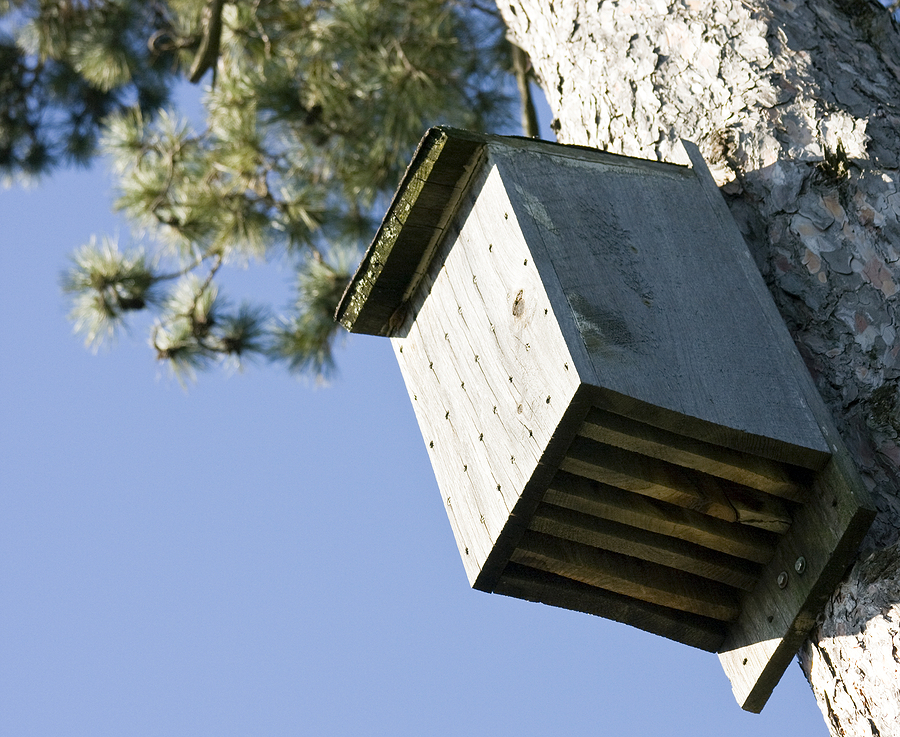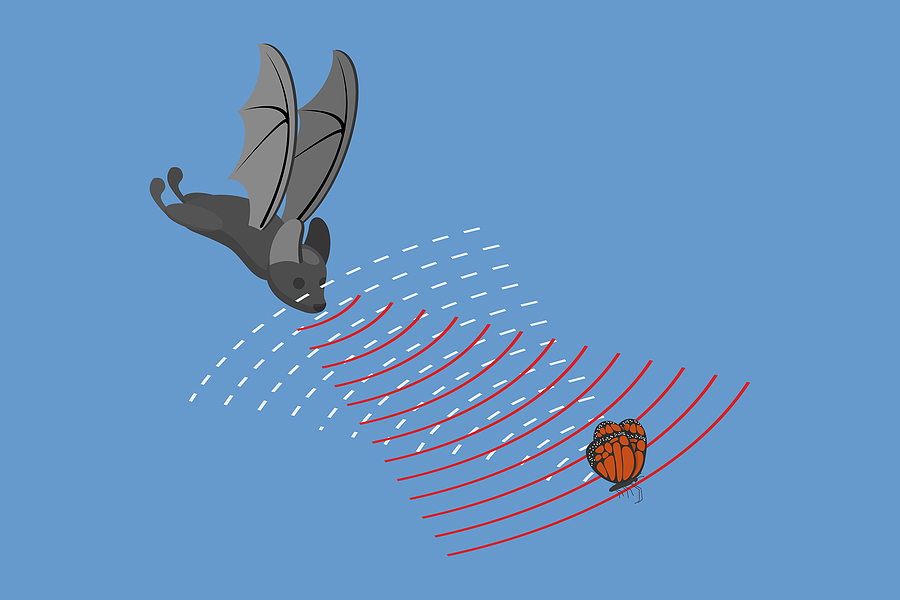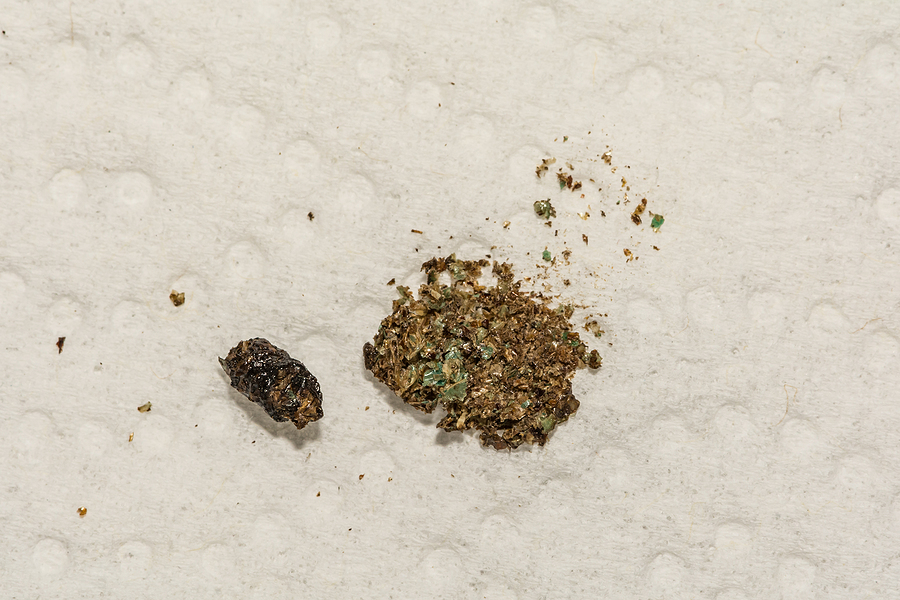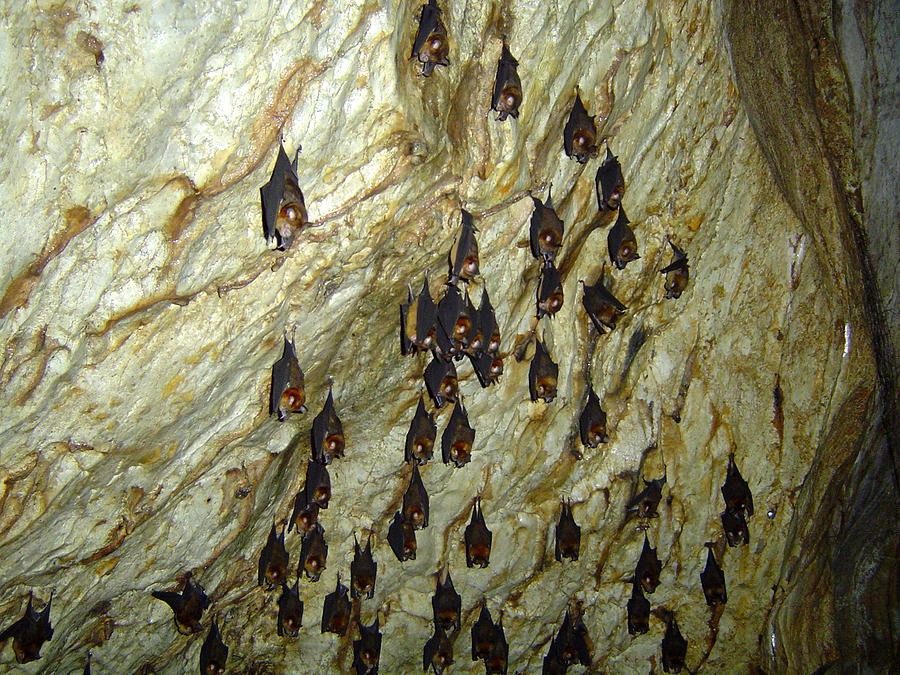Bats are more than just creatures of the night; they are essential pillars of our ecosystem. As nature’s pest control, they consume thousands of insects every hour, protecting crops and reducing the need for chemical pesticides. However, a devastating bat disease known as White Nose Syndrome (WNS) has emerged, threatening these vital animals and the delicate balance they maintain.
This silent killer has been spreading across North America for over a decade, leading to catastrophic declines in bat populations. Understanding what White Nose Syndrome is, how it spreads, and what we can do to help is crucial for the survival of many endangered bat species. This guide will walk you through the complexities of this disease, from its scientific origins to the actionable steps you can take to support bat conservation efforts.
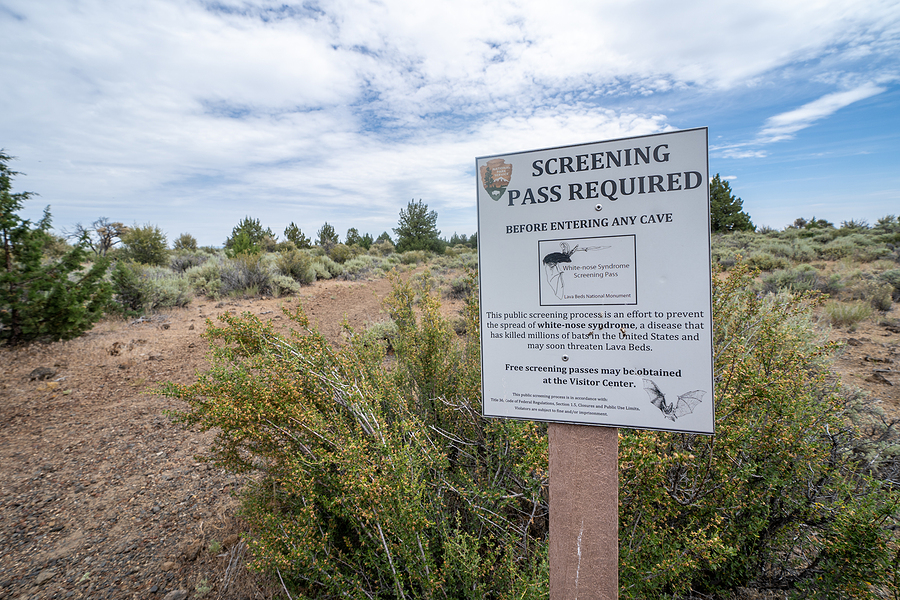
What Is White Nose Syndrome?
White Nose Syndrome is a fungal disease that has caused unprecedented mortality in hibernating bats. The culprit is a fungus named Pseudogymnoascus destructans, or Pd for short. This cold-loving fungus thrives in the same dark, damp caves and mines where bats hibernate during the winter.
The name “White Nose Syndrome” comes from the visible white, fuzzy fungus that often appears on the muzzles, wings, and ears of infected bats. The disease disrupts their hibernation cycle, causing them to wake up more frequently than they should.
This unusual activity burns through their limited winter fat reserves, leading to starvation, dehydration, and often death before spring arrives. The fungus also damages their wing membranes, which are critical for flight, water balance, and regulating body temperature.
How Does WNS Spread?
The Pd fungus spreads with alarming efficiency. The primary method of transmission is through direct bat-to-bat contact. As bats cluster together in their hibernacula (hibernation sites), the fungus can easily move from one individual to another.
The fungus can also linger in the environment. Spores can contaminate the walls and sediment of caves and mines, creating reservoirs of infection that can persist for years. Humans can unintentionally contribute to the spread as well.
If cavers or researchers visit an infected site, the fungal spores can cling to their shoes, clothing, and gear, and be transported to a new, uninfected location. This has prompted many caves to close to the public or require strict decontamination protocols to prevent human-assisted spread.
Impact on Bat Populations
The impact of White Nose Syndrome on bat populations has been nothing short of catastrophic. Since its discovery in New York in 2006, the disease has spread to 38 states and 8 Canadian provinces, killing millions of bats. According to the U.S. Fish and Wildlife Service, some bat populations have declined by more than 90%.
Several species have been hit particularly hard. The Northern long-eared bat, Little brown bat, and Tricolored bat have experienced such severe losses that they are now listed as endangered or threatened. For species like the northern long-eared bat, the situation is so dire that they face the possibility of extinction. The loss of these bats creates a ripple effect, disrupting ecosystems and potentially leading to increased insect populations, which can impact agriculture and human health.
Current Research and Prevention Efforts
Scientists and conservationists are working tirelessly to combat White Nose Syndrome. Research is focused on understanding the Pd fungus and finding ways to control it. Potential treatments being explored include the use of antifungal agents, UV light to kill the fungus in hibernacula, and even a “vaccine” to help bats build immunity.
Prevention is also a key strategy. Many public and private caves are now closed during the bat hibernation season to minimize disturbance. Decontamination protocols are standard practice for anyone entering bat habitats.
These measures require visitors to clean and disinfect their gear before and after entering a cave to avoid spreading the fungus. Organizations like Bat Conservation International are leading the charge, funding research and coordinating large-scale conservation efforts.
How You Can Help
Protecting bats from this devastating disease requires a collective effort. Here are some actionable steps you can take to support bat conservation:
- Support Research: Donate to organizations like Bat Conservation International or other local conservation groups that are funding critical research into WNS treatments and prevention.
- Be a Responsible Caver: If you explore caves, always follow closure notices and decontamination guidelines. Never bring gear from one cave to another without thoroughly cleaning and disinfecting it.
- Preserve Bat Habitats: Support local efforts to protect forests, wetlands, and other natural areas that bats rely on for food and shelter. Avoid disturbing known bat roosts, especially during the summer maternity season.
- Install a Bat House: One of the most direct ways to help is by providing a safe roosting site. Installing a bat house on your property gives bats a warm, secure place to raise their young, away from predators and human disturbance.
Humane Bat Control in Your Home
While supporting bats in the wild is important, you also need to protect your home. If bats have taken up residence in your attic or walls, it’s crucial to address the situation humanely and effectively. Non-lethal bat control is the only responsible approach.
Never attempt to trap or poison bats. Not only is it inhumane, but it can also be illegal, as many species are protected. Instead, contact a licensed wildlife control company that specializes in humane bat removal. These professionals will use exclusion devices that allow bats to leave your home but prevent them from re-entering. They can also help you bat-proof your home by sealing entry points to prevent future intrusions.
A Future for Our Winged Allies
Bats are indispensable to our environment, but White Nose Syndrome poses a grave threat to their existence. The fight against this bat disease is a long and challenging one, but it’s a fight we must win. Through continued research, dedicated conservation work, and the support of informed individuals, we can turn the tide.
By taking steps like installing a bat house, supporting habitat preservation, and practicing humane bat control, you can play a part in securing a future for these incredible animals. Your actions, no matter how small, contribute to a larger effort to protect our winged allies for generations to come.
Don’t let local bat populations threaten the safety and structural integrity of your home or business. Contact our licensed wildlife control specialists for comprehensive bat removal and animal-proofing assistance.
Related Post: Bats and Histoplasmosis: Understanding the Hidden Risks and Conservation Efforts

